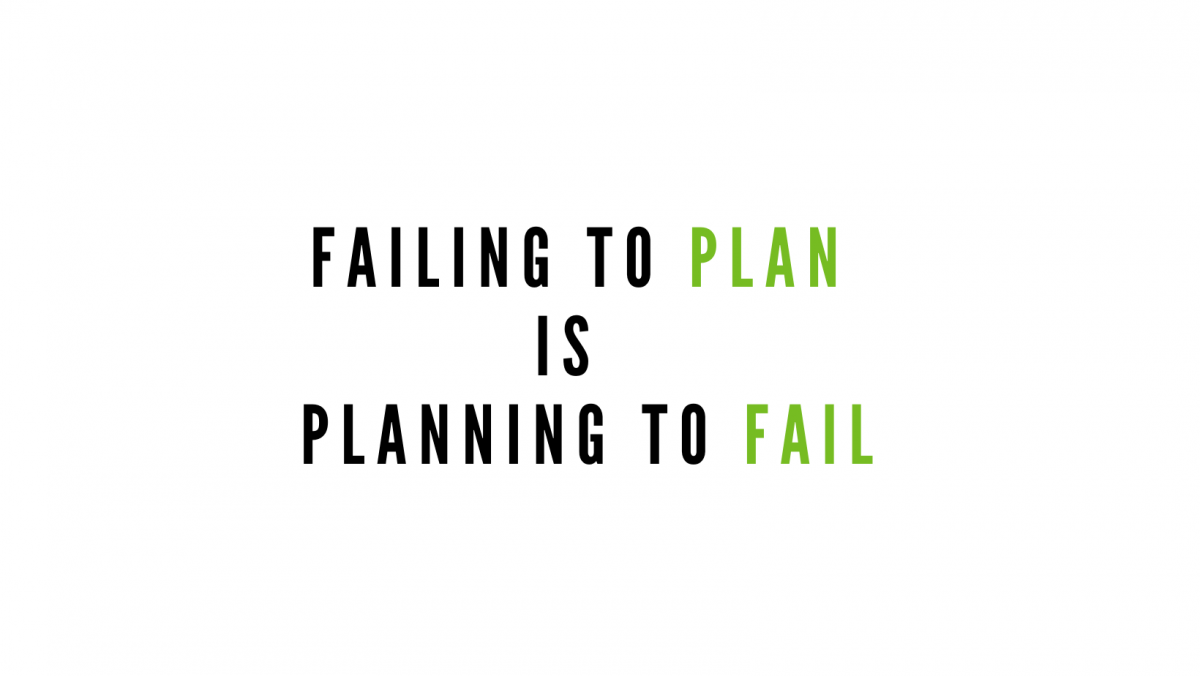Insight
Failing to Plan is Planning to Fail.
Having a disaster recovery plan for your business is prudent, it’s a de facto insurance policy for your business.
Getting to that point of having a policy in place that is fit for purpose and appropriate for your business (and allows you to sleep easy at night) can be a journey in itself. It may seem daunting from the outset, but choosing the right partner to help you navigate your way through the process is essential and can help underwrite the entire service when you come to rely on it the most.
The 5 essential things to identify are:
- Scope – what should be included in your recovery plan.
- Review your users, systems and data, and identify what you rely and depend on the most and evaluate the impact should they become unavailable either temporarily or permanently.
- Recovery Time Objective (RTO)
- Once you’ve identified all the relevant components that need to be considered as part of any recovery activities, you should then prioritise each – those that need to be recovered first, second and so on. This will inform the recovery plan, and defines the recovery time objectives (RTO) for your IT services and users.
- Recovery Point Objective (RPO)
- Next you need to establish what your tolerance, if any, is to partial and / or complete data loss. This will determine your recovery point objectives (RPO) – the point in time that if you recovered to, you could comfortably continue in an almost business as usual way, without any material impact P&L, productivity, services, customers, and suppliers.
- What are the scenarios that might trigger a recovery event?
- Completing some scenario and ‘what if’ planning will help shape the plan, as you will quickly understand the ramifications of different types of events, as well as the practicalities of what the recovery would or needs to look like. This, along with your scope, RTO and RPO will underpin your DR plan and identify any extra resources or services that need to be in place to facilitate it.
- Pick the right partner and technology.
- Most importantly you need to engage a partner that you can trust, and you know will be by your side through out what could be one of the darkest and most stressful times your business has faced. It’s no good picking a vendor to install a solution and then walk away. Over time, systems, people, priorities will change, so it’s important that the recovery solution is regularly reviewed for appropriateness, as well as fully tested and verified against the plan. Your chosen partner needs to be contractually retained to fully assist in a recovery event, so that they are responsible and accountable for the solution.
There are different technologies, services, approaches and methods for recovery, and it’s likely that the right plan for you will have some combination of these.
If, at a minimum, you nail 1 to 5 then you can take comfort that when you come to rely on your DR plan the most, your expectations will be fully met with no surprises when you execute your plan.
We provide a full suite of recovery options, ranging from
- Back-up as a Service,
- Disaster Recovery as a Service
- And, recently launched ‘World First’, Failover as a Service.
If you don’t yet have a suitable DR or recovery plan, or are lacking complete confidence with what you have, then get in touch! Let our expert team design the best solution for you, that we will 100% stand over and underwrite.


